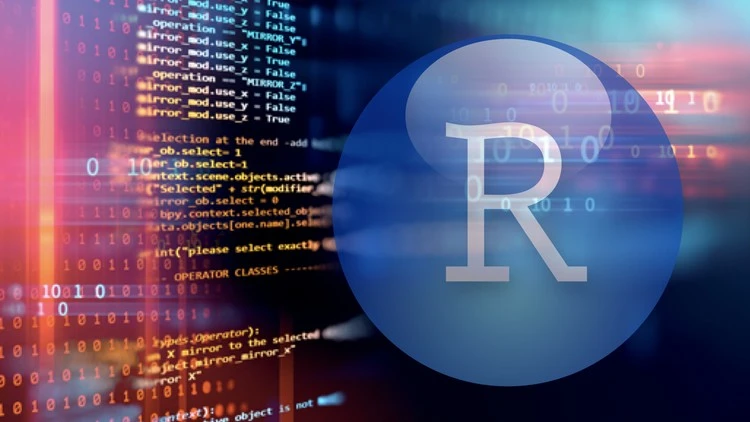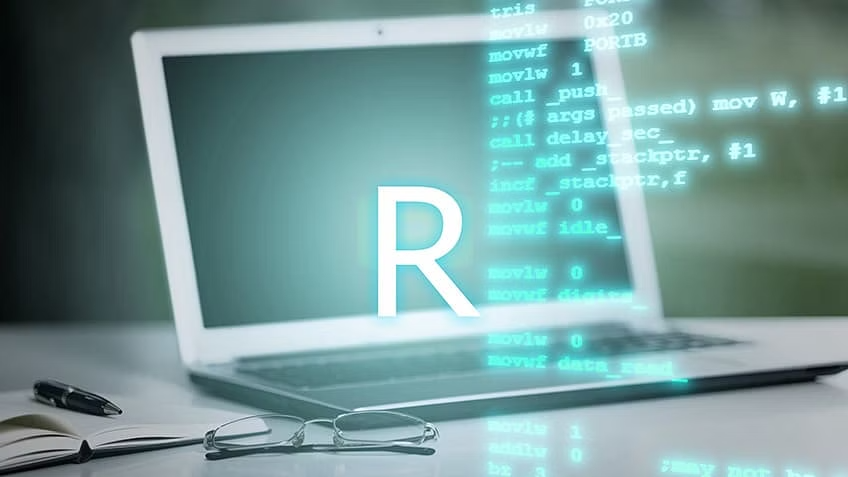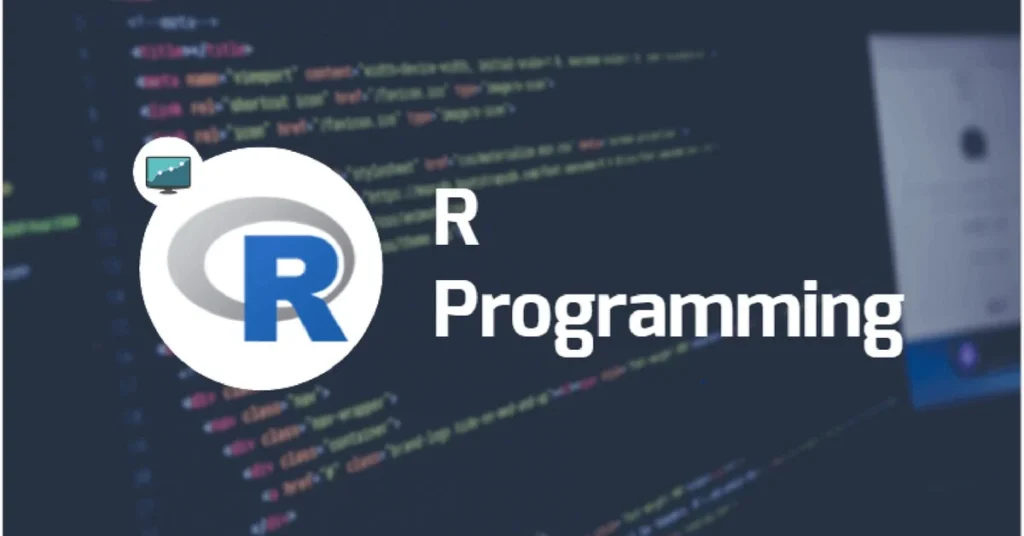In the world of data science, many tools and languages are available to analyze and interpret data. One of the most powerful and widely used tools is R programming. But what is R programming in data science? This article will explore the basics of R, its importance in data science, and how it can be used effectively.
What is R Programming?
R is a programming language and environment specifically designed for statistical computing and graphics. It was created by statisticians Ross Ihaka and Robert Gentleman in 1993. Over the years, R has grown in popularity, especially in the fields of data science and research, because of its powerful capabilities for data manipulation, analysis, and visualization.
Features of R
R offers a wide range of features that make it a valuable tool for data scientists:
- Statistical Analysis: R provides numerous statistical techniques, such as linear and nonlinear modeling, classical statistical tests, time-series analysis, classification, and clustering.
- Data Visualization: R has excellent tools for creating high-quality graphs and charts. Packages like ggplot2 make it easy to produce complex visualizations with just a few lines of code.
- Comprehensive Environment: R is not just a programming language; it is also an integrated suite of software facilities for data manipulation, calculation, and graphical display.
- Open Source: R is free to use, and its source code is open to the public. This allows for continuous improvement and expansion by a large community of users and developers.
- Extensible: R’s functionality can be extended through packages. Thousands of packages are available on CRAN (Comprehensive R Archive Network), catering to a wide range of statistical and graphical needs.

The Role of R Programming in Data Science
What is R programming in data science? It’s a critical question, as R plays a significant role in the data science ecosystem. Data science involves extracting knowledge and insights from data using various techniques from statistics, mathematics, and computer science. Here’s how R fits into this process:
Data Cleaning and Preparation
Before any analysis can be performed, data often needs to be cleaned and prepped. This involves handling missing values, removing duplicates, and transforming data into a usable format. R provides a host of functions and packages like dplyr and tidyr to make data cleaning and preparation efficient and straightforward. Simple coding, like if else programming in R, does a lot for specific cleaning or selecting purposes.
Statistical Analysis
One of R’s core strengths is its ability to perform complex statistical analyses. Data scientists use R to find descriptive statistics like standard deviation, apply statistical tests, create models, and interpret the results. Whether it’s a simple linear regression or a complex machine learning algorithm, R has the tools necessary to perform the analysis.
Data Visualization
Visualizing data is crucial for understanding trends and patterns. R excels in data visualization, offering a variety of packages like ggplot2, lattice, and plotly. These tools enable data scientists to create everything from simple bar charts to intricate multi-dimensional plots.
Machine Learning
R is also a powerful tool for machine learning. Packages like caret, randomForest, and xgboost allow data scientists to build and train machine learning models. R’s capabilities extend to supervised and unsupervised learning, making it a versatile choice for developing predictive models.

Reporting and Communication
Once the data analysis is complete, the results need to be communicated effectively. R Markdown is a tool that allows data scientists to create dynamic documents that combine code, output, and narrative text. This makes it easy to share findings with stakeholders in a clear and concise manner.
Getting Started with R Programming
Now that we’ve answered “What is R programming in data science?” let’s explore how to get started with R.
Installing R and RStudio
The first step is to install R and RStudio. RStudio is an integrated development environment (IDE) that makes using R more user-friendly. It provides a clean interface, debugging tools, and integrates well with other tools.
- Install R: Download and install R from the CRAN website.
- Install RStudio: Download and install RStudio from the RStudio website.
Basic Syntax and Commands
Once R and RStudio are installed, it’s time to learn some basic R syntax and commands.
Assignment Operator:
Use <- to assign values to variables
x <- 10
y <- 5
Basic Arithmetic:
Perform arithmetic operations.
sum <- x + y
difference <- x - y
product <- x * y
quotient <- x / y
Functions:
Use built-in functions to perform tasks
sqrt_x <- sqrt(x)
log_y <- log(y)
Working with Data Frames
Data frames are a fundamental data structure in R, used to store tabular data.
Creating a Data Frame:
data <- data.frame(
name = c("Alice", "Bob", "Charlie"),
age = c(25, 30, 35),
score = c(90, 85, 95)
)
Accessing Data:
Extract specific data from a data frame
names <- data$name
first_row <- data[1, ]
age_column <- data$age
Using Packages
Packages extend R’s functionality. To use a package, you must first install it and then load it into your session.
Installing a Package:
install.packages("ggplot2")
Loading a Package:
library(ggplot2)
Advanced Topics in R Programming
After mastering the basics, you can explore more advanced topics in R programming to enhance your data science skills.
Data Manipulation with dplyr
The dplyr package is essential for data manipulation. It provides a set of functions that are easy to use and remember.
Selecting Columns:
library(dplyr)
selected_data <- select(data, name, age)
Filtering Rows:
filtered_data <- filter(data, age > 25)
Mutating Data:
mutated_data <- mutate(data, score_percent = score / 100)
Data Visualization with ggplot2
ggplot2 is one of the most popular packages for data visualization in R. It follows the grammar of graphics, making it flexible and powerful.
Creating a Basic Plot:
ggplot(data, aes(x = age, y = score)) + geom_point()
Customizing Plots:
ggplot(data, aes(x = age, y = score)) +
geom_point() +
labs(title = "Age vs. Score", x = "Age", y = "Score") +
theme_minimal()
Machine Learning with caret
The caret package simplifies the process of training and evaluating machine learning models.
Training a Model:
library(caret)
model <- train(score ~ age, data = data, method = "lm")
Making Predictions:
predictions <- predict(model, newdata = data.frame(age = c(28, 40)))
Advantages of Using R in Data Science
What is R programming in data science without discussing its advantages? R offers numerous benefits that make it a preferred choice for many data scientists.
Extensive Package Ecosystem
R has a vast ecosystem of packages for nearly every data science task imaginable. Whether you need to clean data, perform statistical analysis, or build machine learning models, there’s likely an R package that can help.
Strong Community Support
R has a large and active community. This means there are plenty of resources available, including tutorials, forums, and user-contributed packages. If you encounter a problem, chances are someone else has too, and you can find a solution online.
Data Visualization Capabilities
R’s data visualization capabilities are second to none. Tools like ggplot2 allow you to create publication-quality graphs and charts, making it easier to communicate your findings effectively.
Flexibility and Integration
R can be easily integrated with other tools and languages. For example, you can call Python code from within R using the reticulate package. This flexibility allows you to leverage the strengths of multiple languages in your data science workflow.

Challenges of Using R in Data Science
Despite its many advantages, R does have some challenges that users may encounter.
Memory Management
R stores all objects in memory, which can be a limitation when working with very large datasets. This can lead to performance issues or even crashes if the dataset exceeds available memory.
Learning Curve
R’s syntax and functional programming paradigm can be challenging for beginners, especially those coming from languages like Python or Java. However, once you become familiar with R, it becomes a powerful tool in your arsenal.
Speed
R is an interpreted language, which can make it slower than compiled languages like C++ or Java. However, for many data science tasks, this is not a significant issue. Additionally, performance can be improved by writing critical sections of code in faster languages and integrating them with R.
Conclusion
So, what is R programming in data science? It is a versatile, powerful tool designed for statistical computing and data visualization. R has become an essential part of the data science toolkit, offering extensive packages, strong community support, and excellent visualization capabilities. While there are challenges to using R, its benefits far outweigh the drawbacks, making it a go-to language for data scientists around the world.



